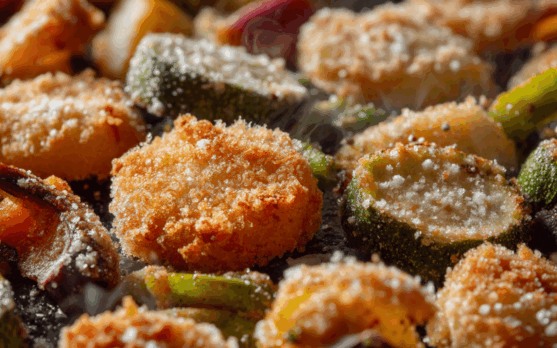France’s “Chip Valley” Potato Boom: Small Fields, Big Fry Dreams
Imagine a quiet corner of France bursting with energy over… frozen fries. Sounds odd? Yet northern France—nicknamed “Chip Valley”—has seen a remarkable transformation. A recent 25% increase in frozen fry demand is reshaping fields, scaling factories, and turning potatoes into big business. It’s happening fast, and it’s happening now.

Fields Turning to Fries
On a drive through Hauts-de-France, the change is obvious. Strip after strip of land that once grew wheat or beet is now dedicated to potatoes. Farmers have shifted gears. Why? Because the math works. One potato contract can often bring in double what wheat yields. That kind of change isn’t subtle—it’s seismic.
Plus, these contracts come with stability. Growers tell me they can plan, invest in equipment, and sleep better at night. A farmer near Arras said, “I used to worry about weather and prices. Now I’ve got a buyer before I even plant.” That’s confidence in action.
Factories Expanding Like Crazy
In towns like Béthune and Douai, vacuum-packed buildings hum and glow under floodlights. Agristo, McCain, Ecofrost—they’re all firing up new lines. One plant I visited was still half-empty, yet it already had giant cutting machines and conveyor belts winding through it. They haven’t even turned it on fully, and it already feels alive.
Inside, robots peel. AI cams check shapes. And freezers roar. These plants aren’t old-school; they’re industrial symphonies built to move tens of thousands of tons. It’s impressive—and a bit overwhelming.
Why a 25% Boom?
Two words: global demand. Middle East chains, U.S. food trucks, even home cooks in Asia—they’re all buying frozen fries. They want fries that crisp up nicely, store well, and taste consistent. France delivers on that. Plus, foreign buyers like the French brand story—it sells.
Then, locals stepped in. People who never touched frozen fries are trying them now. Busy families. Students. After-school snacks. The freezer section is no longer a cobwebbed corner—it’s a cash counter.
Technology at Work
These aren’t primitive operations. They’re high-tech. Peelers that remove just enough skin, hot-water blanchers that prep fries without sogginess, AI-powered graders that reject odd shapes—and big freezers that drop temps in minutes. Even steam and oil get recycled or turned into biofuel.
On the field side, farmers use apps to track soil moisture. They rotate crops. Some have small solar arrays. They admit, “It’s more work. But it also pays.”
Challenges Under the Surface
It hasn’t all been easy. Hedgerows removed. Fields become monocultures. Environmental groups worry. Can these farms maintain jobs, profits—and birdlife? Critics ask hard questions. And what if demand cools? Farmers worry about being too tied to one crop.
Processors are listening. They’re offering multi-year deals. They fund soil studies. They help set up bee-friendly margins. It’s not perfect—but it’s something.
Beyond Fry Basics
If you think all they make is plain fries, think again. Findings show more consumers want thicker cuts—steak fries, even gourmet blends. Expect packaging labeled “rosemary and garlic” or “skin-on rustic.” Some plants are trialing potato skins as snacks. Others produce sweet potato fries. It’s clear: this is a full-blown potato renaissance.
Farmers, too, are experimenting. One tried a potato-wheat rotation. Another planted wildflower strips for bees. They’re testing new seed types. It’s modest—but it shows careful thinking.
The Road Ahead
Chip Valley isn’t done growing. Analysts predict this region could soon account for over 15% of all frozen fry output in Europe. Is that bold? Yes. Risky? A little. But if local leaders, farmers, and processors stay aligned—sharing risk and listening to each other—it could redefine how farming responds to food trends.
If this kind of growth can stay green, stay flexible, and remain fair, Chip Valley’s boom might become a case study in smart, modern agriculture.
Conclusion
Northern France’s transformation into “Chip Valley” shows what happens when the world asks—loudly—for a product that’s tasty, convenient, and consistent. Farmers adapt, factories scale, and supply chains tighten. But sustainability and variety must keep pace, or this boom risks burning out. Watch closely—this is not your grandma’s potato country anymore.
Essential Insights
- Frozen fry demand is up 25%—enough to flip farm priorities and economic plans.
- High-tech factories and on-farm innovation fuel this growth.
- Environmental and demand risks are real—but stakeholders are responding.
- This is an evolving story—not just fries, but a model for agriculture meeting global trends.




